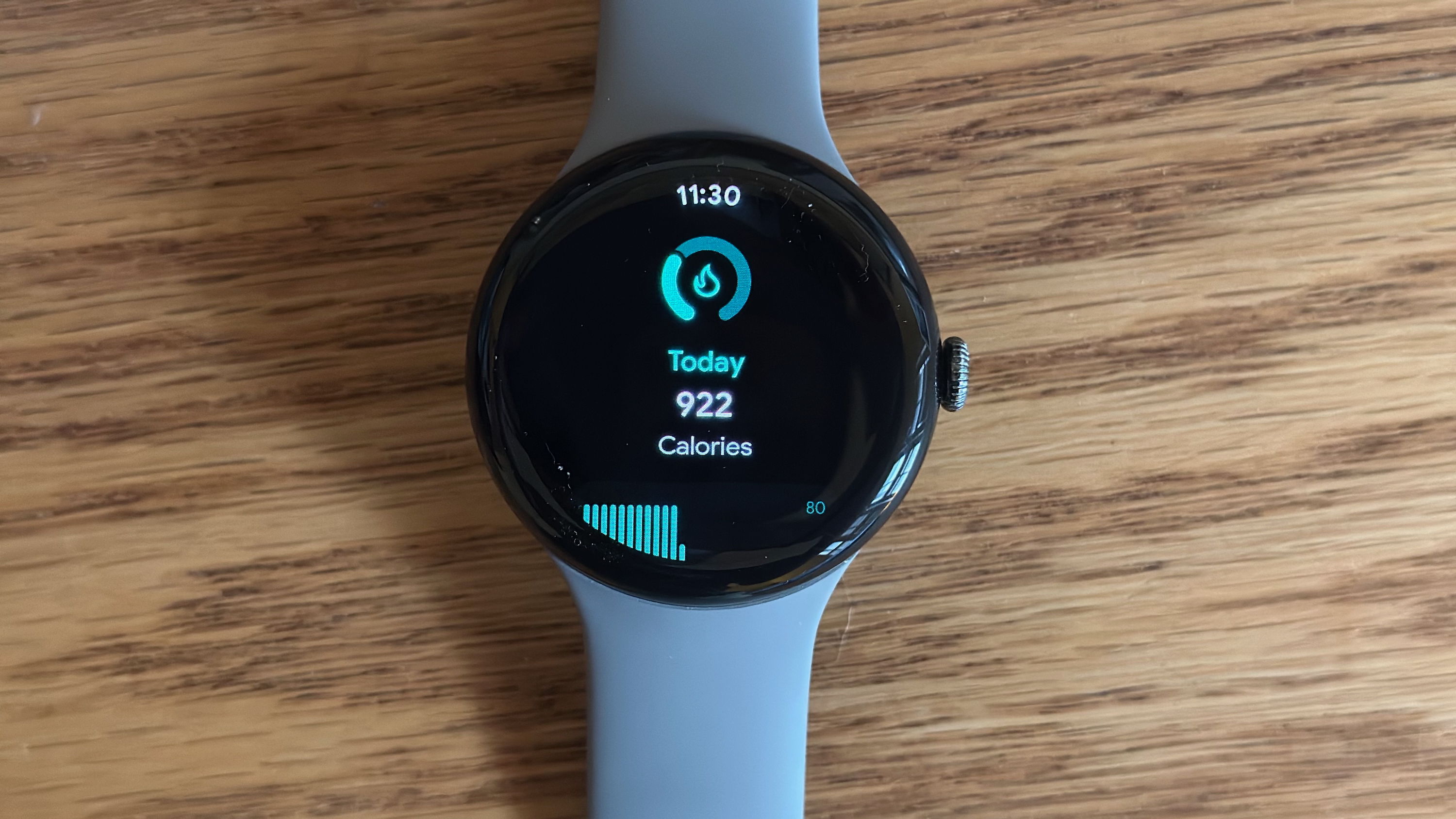Pixel 9 Pro Fold changed my mind about foldables, but I still prefer flip phones
There are pros and cons to flip phones and book-style foldables.

Since foldable phones first burst onto the scene, there have been two major form factors to choose from: larger book-style foldables and smaller clamshell flip phones. Both styles serve different purposes with their form factors, with larger foldables acting as miniature tablets when unfolded, while flip phones are more focused on miniaturization.
Yet, despite being something of a two-in-one device, book-style foldable phones never caught my eye, and my focus has been on flip phones like the Motorola Razr series. I always felt that larger foldables seemed too big and cumbersome, and the "small tablet" form factor just did not appeal to me, especially since I already wasn't big on using some of the multitasking features on smaller phones. I knew there was a particular use case for the larger folding screen, but I never really got it.
That is until the Google Pixel 9 Pro Fold landed on my doorstep, and I got to experience Android on a bigger screen for the first time. And while I still prefer flip phones, the Pixel 9 Pro Fold gave me a new appreciation for book-style foldables.
So, if you've been unsure about foldable phones and which type to choose, hopefully, my experiences with the Motorola Razr Plus 2024 and Pixel 9 Pro Fold can provide some insight into what it's like to use either option.
See all the Prime Day deals: USA | UK | Canada | India
Sometimes, bigger is better
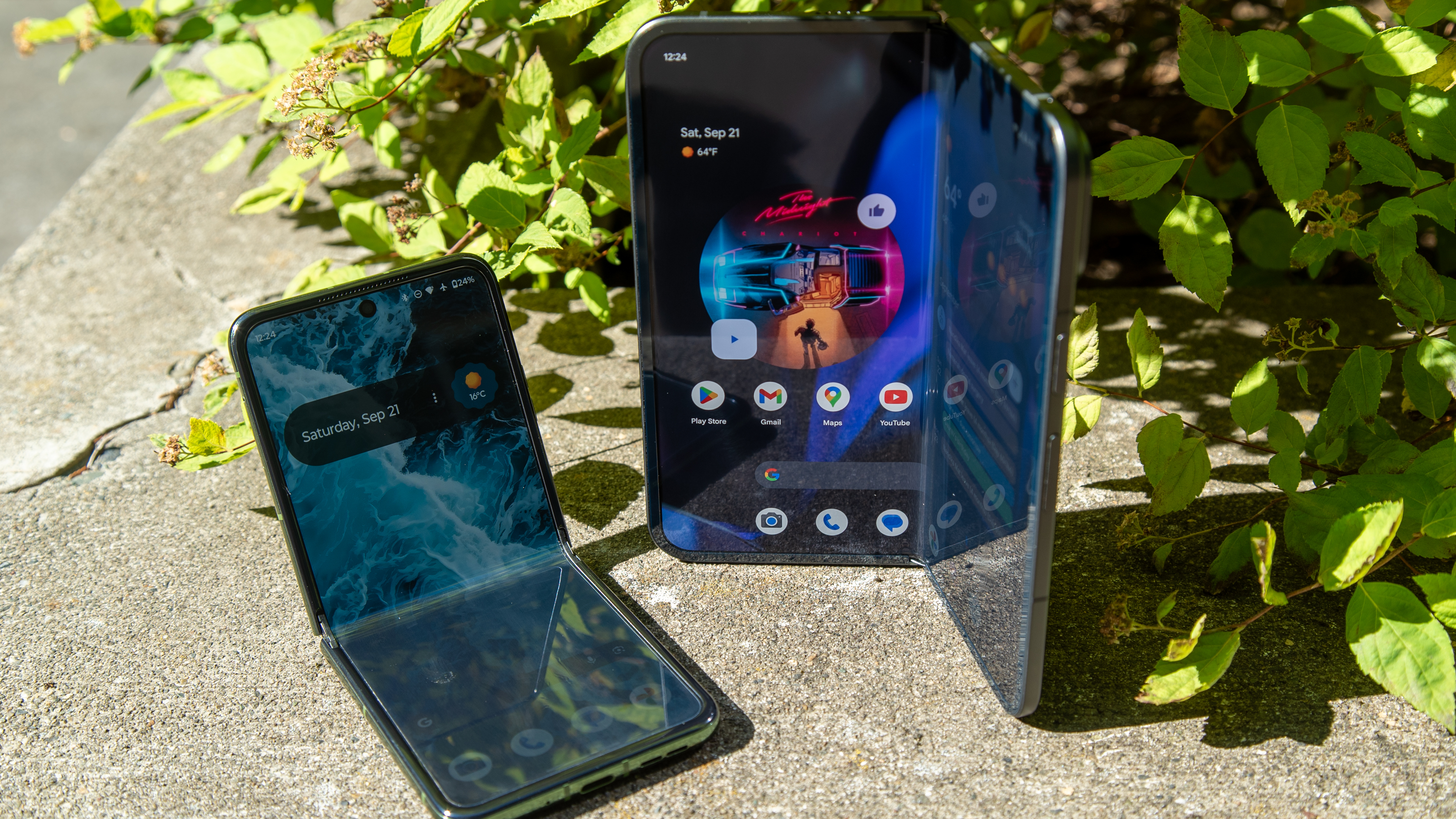
I've been using the Pixel 9 Pro Fold for a couple of weeks now, and I'm surprised at how much I enjoy it. Something about having all that screen real estate makes it incredibly fun to use, and I almost never close it to use the external display.
Apps are given plenty of more room to shine, which is especially evident with things like e-books and streaming apps like YouTube. Not only is it nice to have an 8-inch display to view content readily available, but the foldable form factor makes it so easy to set the phone down while still viewing a still-large video on half the display. This has been particularly helpful on airplanes in lieu of using a laptop or tablet during long flights.
Be an expert in 5 minutes
Get the latest news from Android Central, your trusted companion in the world of Android
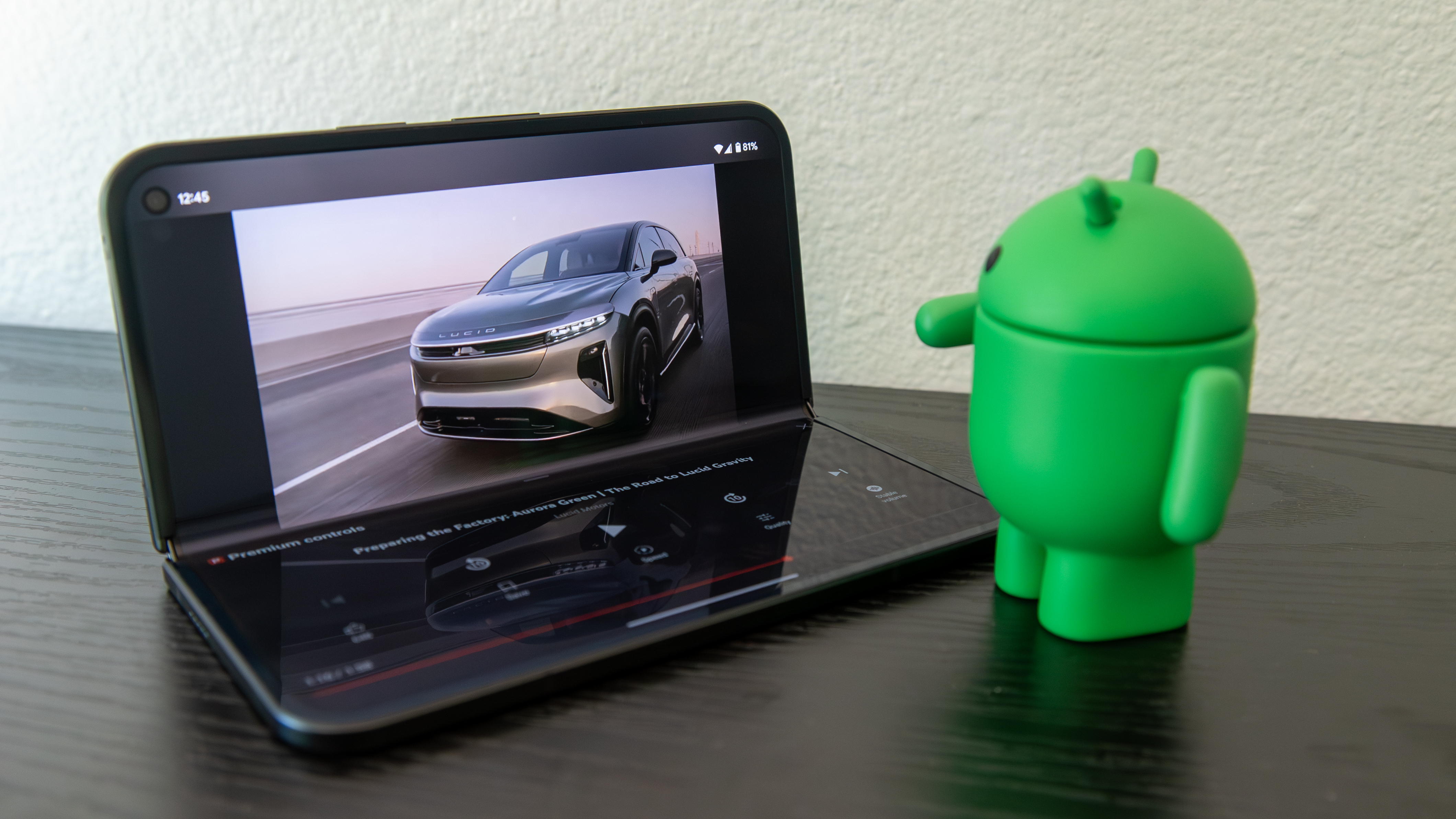
Speaking of long flights, battery life is another area that foldables have over flip phones. Given the larger form factor, the Pixel 9 Pro Fold has more room to incorporate large batteries, which it definitely needs to power two displays. I've been delightfully surprised with the battery life of the Pixel, lasting pretty much all day before needing a top-up, although the charging situation could be better.
This differs from my early experience with flip phones, with phones like the Razr Plus 2023 struggling to make it through even half a day.
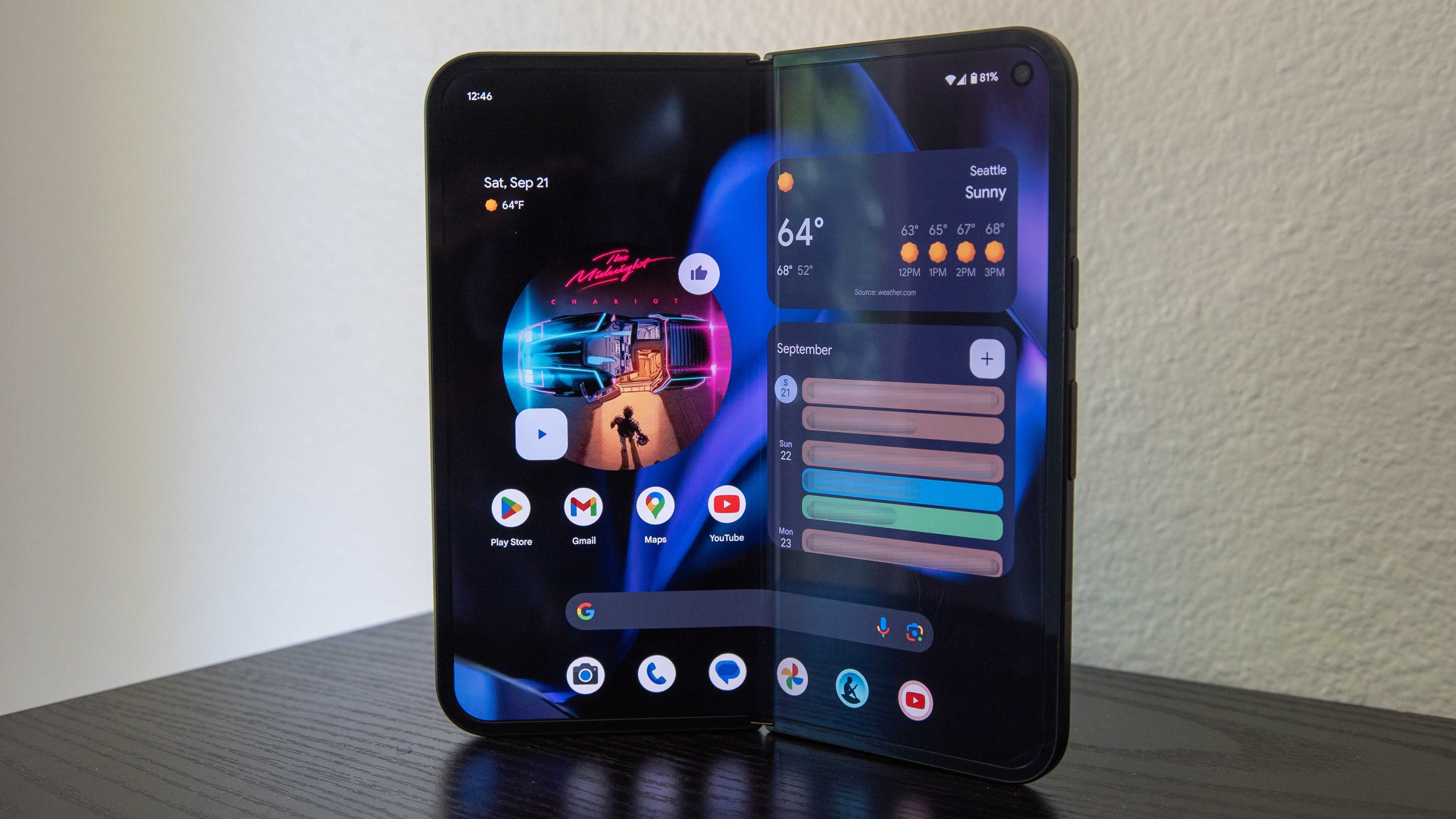
I also realize that I've changed quite a bit of my usual behaviors when using the 9 Pro Fold. For example, I normally don't like to have widgets or apps on my main home screen, opting to keep it clean with just the bottom row of apps and a clock widget at the top. However, the large inner screen on the 9 Pro Fold invites you to fill it with widgets and apps, and it was one of the first things I did when I set it up.
Additionally, I often don't use split-screen multitasking on regular phones or even flip phones because it feels awkward working with two scrunched-up apps on a smaller display. The 9 Pro Fold changed that for me, and multitasking feels easy-to-use and incredibly natural thanks to having two fully-sized apps to work with, as well as the easily accessible app pairs to instantly open up two apps simultaneously.

And I love having a taskbar at the bottom that I can easily recall whenever I want to open a frequently used app. Suffice it to say the Pixel 9 Pro makes me feel incredibly productive, more so than I've felt with any other phone.
There's still work to be done

One area that foldable phones also do better in is photography, as these devices often come with more than a few cameras. On many foldable phones like the Pixel 9 Pro Fold, you'll find three rear cameras with varying focal lengths, plus a front-facing camera on the external display and another on the inner display. This makes it possible to capture better images with arguably better (and more) sensors.
That said, not all foldables are made the same, and often you'll find that the sensors being used are downgraded compared to their more traditional candybar counterparts. This is the case with the Pixel 9 Pro Fold, which does not get the same sensors as the Pixel 9 Pro. And while I would prefer that an $1800 phone should have the best cameras, I doubt you'll be disappointed by the images. Are they the best? I don't think so. But they are still quite good and show off Google's excellent computational photography, which can boost even mediocre sensors.
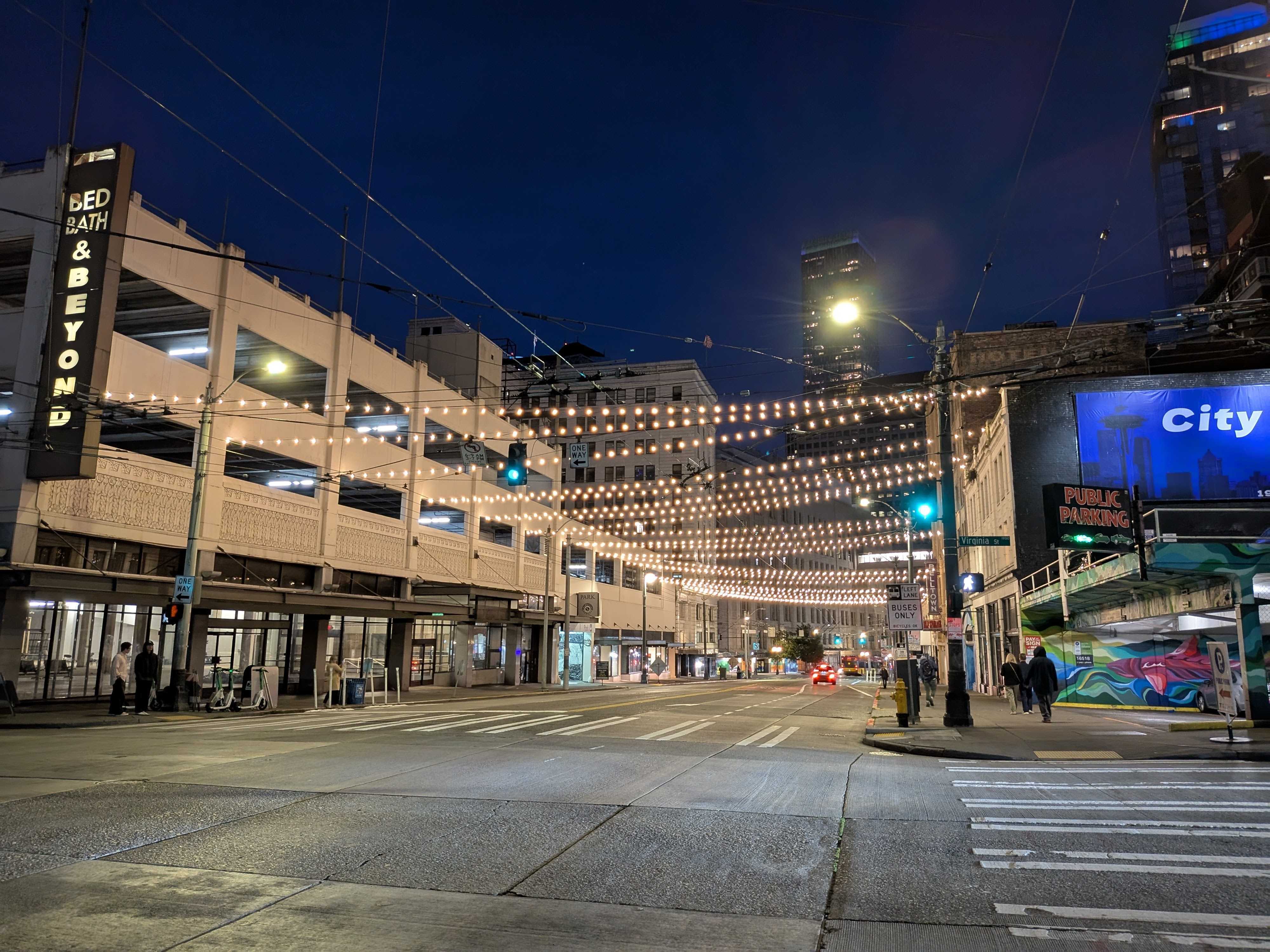
Unfortunately, my experience with the Pixel 9 Pro Fold has also shown me that there's still some work to do with large-screened foldables. This is particularly noticeable with the app experience, which has been... mixed.
There are a number of apps that fully take advantage of the larger folding display by adjusting their UI with new placement of various elements or even dual-pane views. Google Messages is one such app that I love using in this view, as I can easily keep my inbox in view while responding to a text. This is also the same for the Settings menu and plenty of Google apps, and I love using the Kindle app on the foldable.

Unfortunately, not all apps have been optimized for such a large display. Instagram has a different UI on the larger screen, but the app just looks strange when blown up, and the content is way too large. Many other apps that aren't optimized look even weirder, and don't even get me started on games, which are painful to play on the large display. You have the option to adjust the aspect ratio of the apps, but the solution isn't perfect, and switching between displays can lead to some wonkiness.
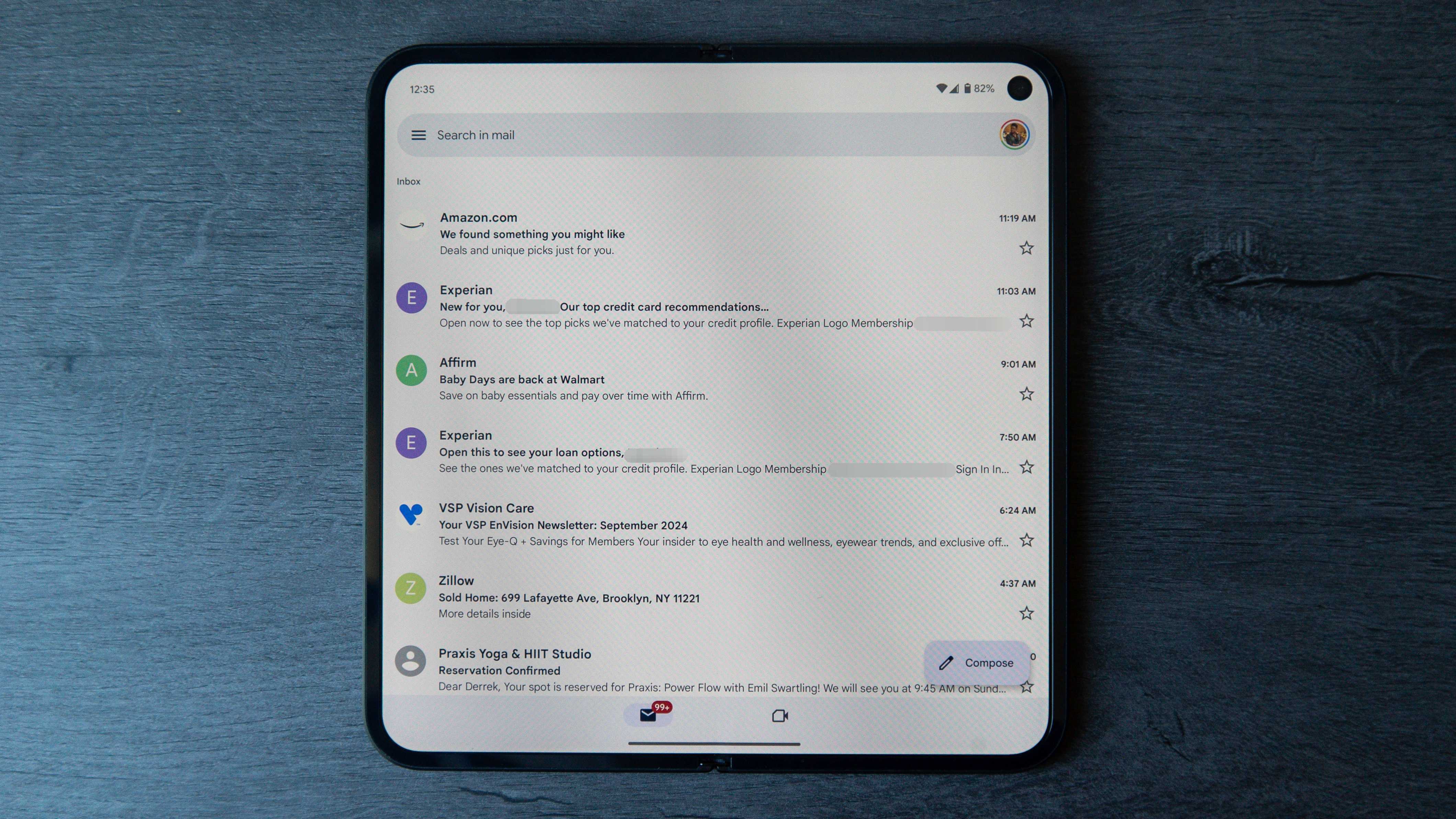
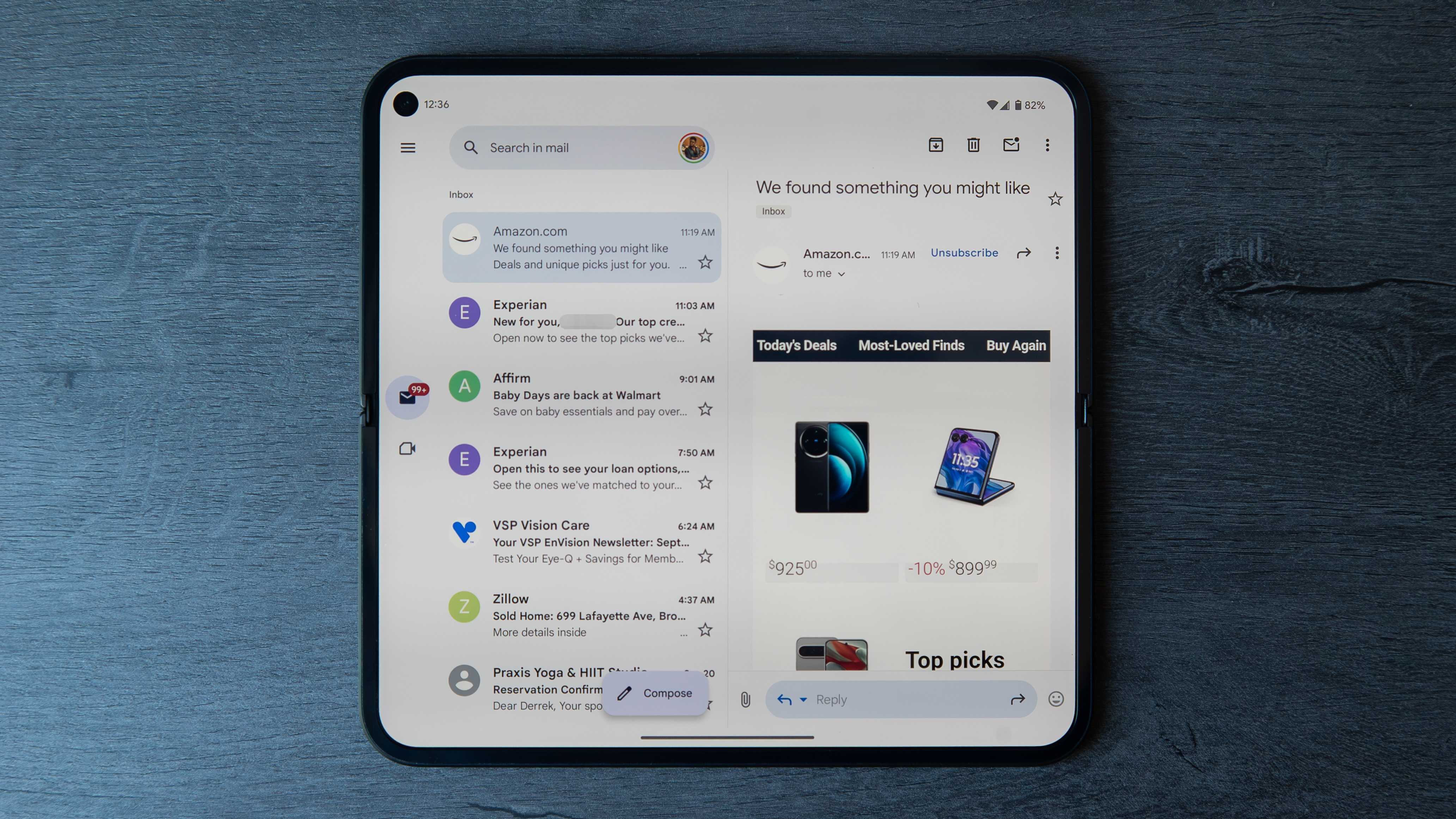
The weirdest example I've had is with the Gmail app, which has a foldable/tablet UI but requires that you rotate the phone to get it to show up. This isn't the case with the original Pixel Fold, and it's likely a result of the new aspect ratio of the Pixel 9 Pro Fold. Having such a large display, I would love to take advantage of it as often as possible. Still, as Android Central senior editor Nick Sutrich points out, perhaps the Pixel Fold had it right all along with its design.
Flip phones are perfectly imperfect
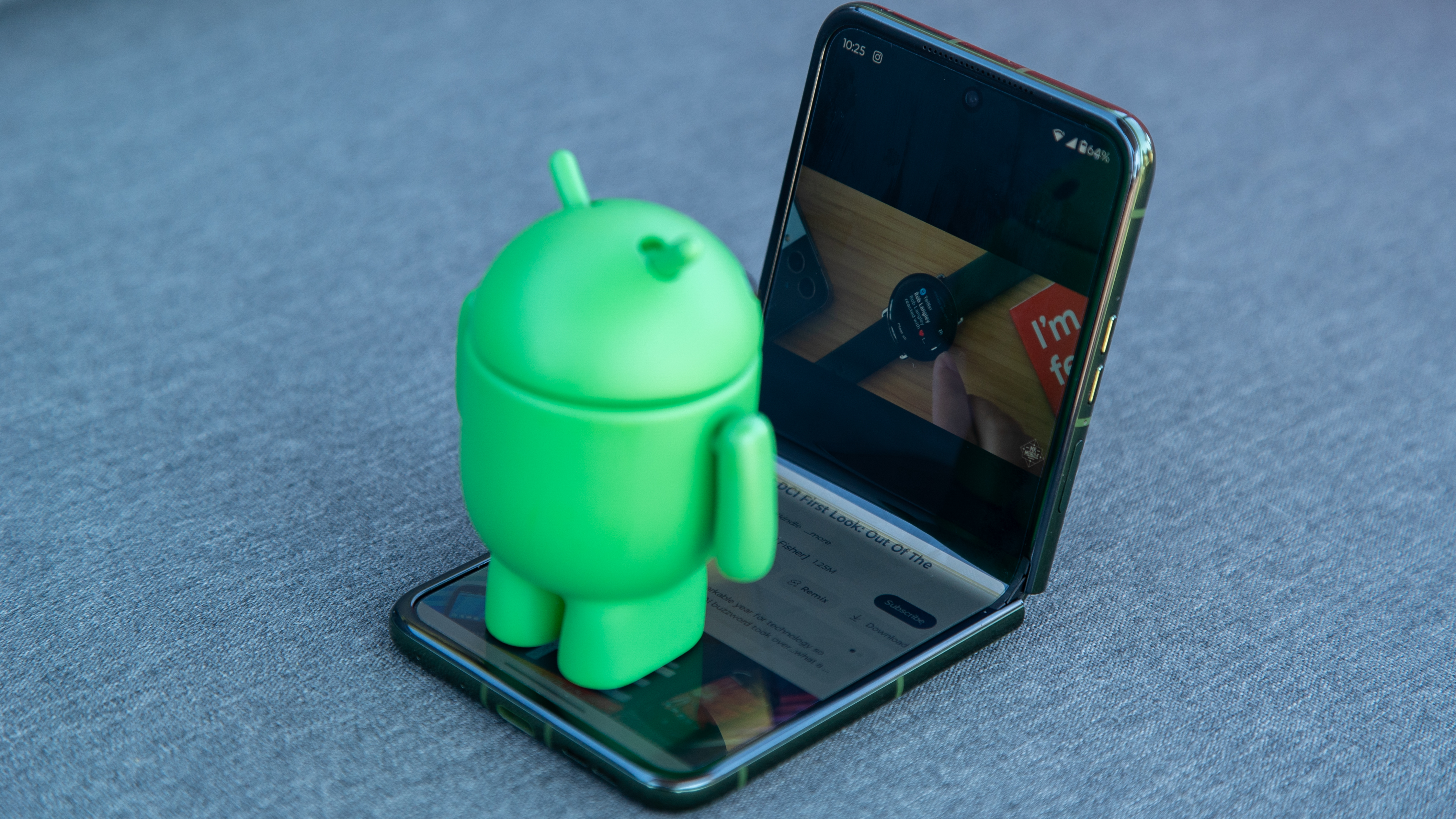
There's no doubt the Pixel 9 Pro Fold is a great phone, and there's plenty to like about it and the form factor. However, my allegiance continues to lie with flip phones, and there are a few reasons why.
Of course, there's nostalgia. It's cool to have a big folding phone, but having a flip phone just takes me back. Not to mention the novelty of the form factor, which captures the attention of most people who see me using it. In my experience, iPhone users are particularly intrigued by my Razr and are always very impressed with the phone, although ultimately bummed that it's not an iPhone.
But beyond simple nostalgia, I really love the form factor and the cover screen experience, especially when companies get it right. Samsung always fumbles this a bit, but Motorola has nearly perfected the cover screen experience, allowing users to open and use nearly any app without opening the phone. It can take some getting used to, but this is mostly how I use my Razr Plus 2024.
With larger foldables, you have a regular-sized display and an even larger display. This is great for some, but I like the smaller cover screen experience partly because I find it to be a more inconspicuous way to use apps.
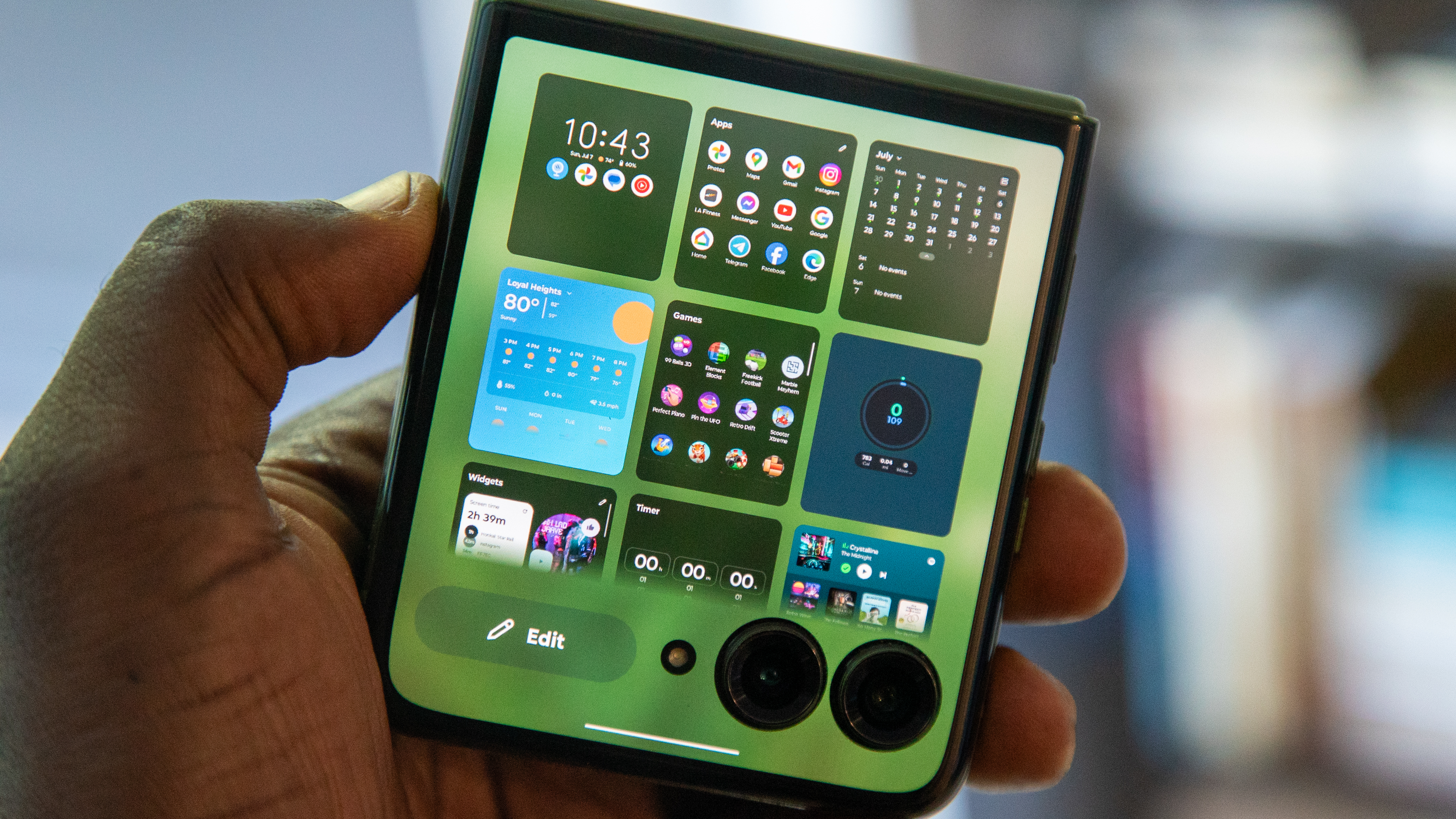
Of course, not every flip phone has an expansive cover screen, but companies try to make the best out of what they have, using them as ways to simply view notifications, check the time or weather, and utilize a few other simple functions. In a way, these simpler flip phones are great for anyone who maybe wants to physically shut their phone away without having too much to distract them aside from glanceable notifications, almost like a smartwatch.

Lastly, there's the price. Large-screen foldables often cost $1800 or more, while flip phones usually cost around $999 and will even go for much less. It's much easier to offer a mid-priced flip phone than it is a book-style foldable, and I just can't see myself paying a month's rent for a phone. Do you know how many PS5 Pros I can get for the price of a Galaxy Z Fold 6?
But I digress. After all, foldables still have the upper hand when it comes to certain things. They usually have more cameras, with most flip phones limited to two rear sensors and a selfie cam.
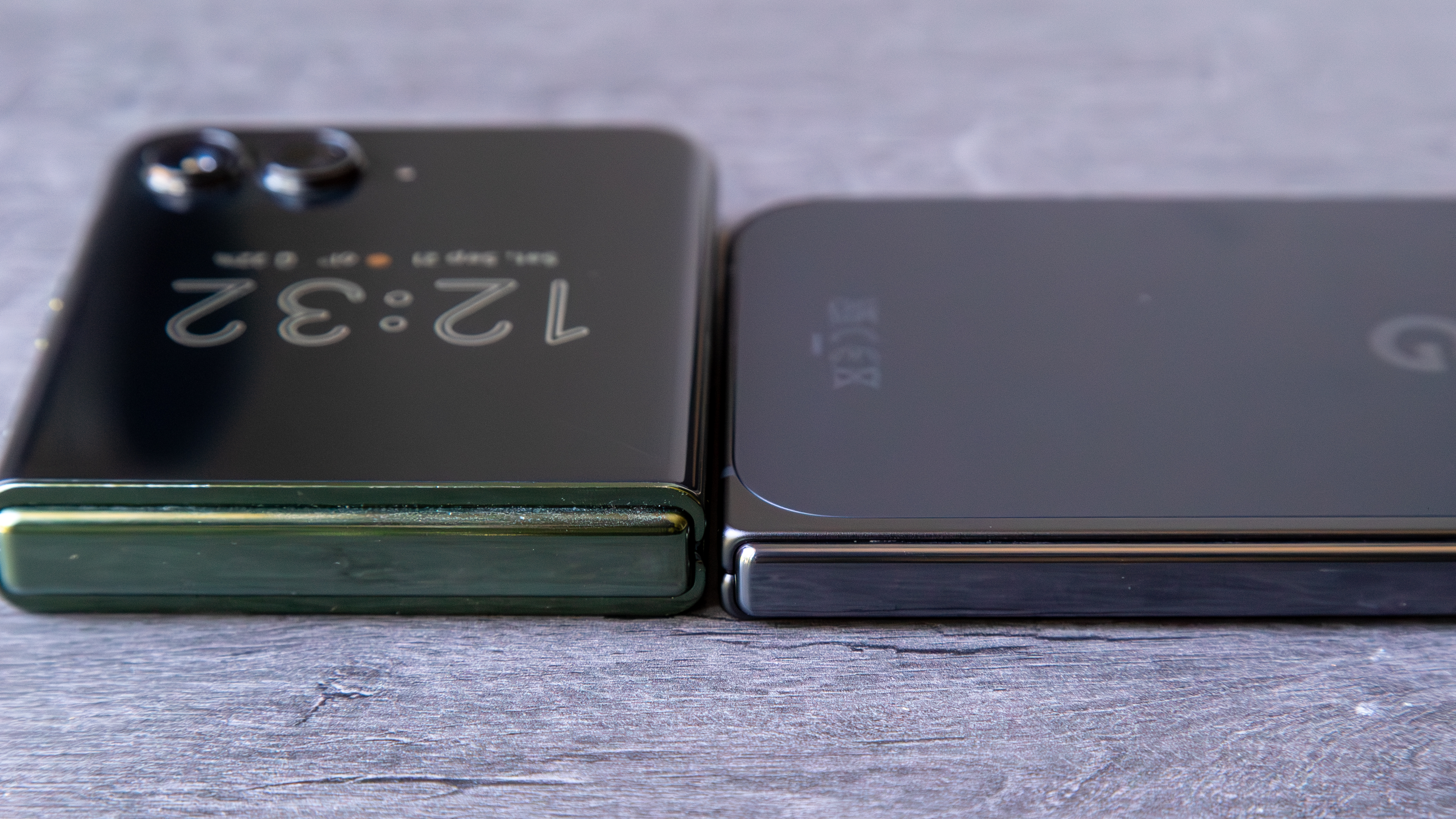
It's also easier to make a thinner book-style foldable, again, given the larger real estate. This means you have more surface area to fit the battery and other components, so foldables like the Honor Magic V3 will be as thin as a regular phone when folded, whereas a flip phone will often be twice as thick in its folded state. I don't have a problem with it, but it makes it difficult when cases are involved.
To fold or to flip

Many people are still not fully comfortable with the idea of owning a foldable phone, which is understandable. However, they've come a long way and have improved their design, functionality, and durability with each passing year. As a result, we're seeing more foldables from more companies, and we're even getting some affordable options that won't cost an arm and a leg.
I love Motorola's flip phones, but the Pixel 9 Pro definitely surprised me with its impressive build quality and the overall experience of owning a phone with such a large display. Plus, having access to all the fun Google AI features is a huge win in Pixel's favor, although I wish I could take advantage of an S Pen-like stylus like what you can do with Samsung phones.
Foldables aren't for everyone, but once you consider the idea, it comes down to whether you want a book-style foldable with a large, tablet-like screen for productivity and content viewing or a compact flip phone with a small cover screen and the nostalgic sensation of shutting your phone closed when you want to hang up on someone dramatically.
There are pros and cons to both, but the biggest is price. The Motorola Razr Plus 2024 has already received some impressive discounts this year despite going on sale in July, and even if the Pixel 9 Pro Fold isn't on sale, there are other discounts on book-style foldable phones, such as this $600 discount on the original Pixel Fold.
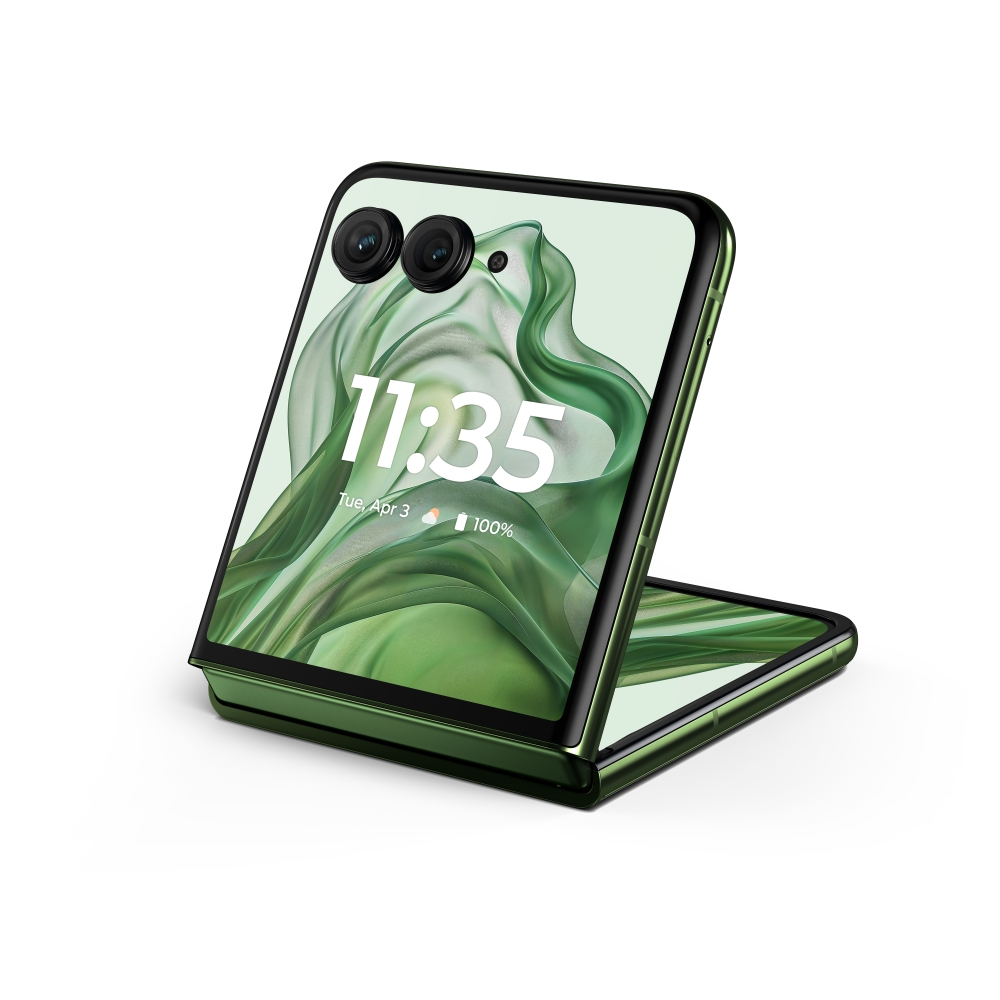
Flip the script
The Motorola Razr Plus 2024 is one of our favorite phones this year, sporting a powerful Snapdragon chip, upgraded cameras, and all-day battery life. The large 4-inch cover screen makes it fun to use apps or take selfies without even opening the phone.
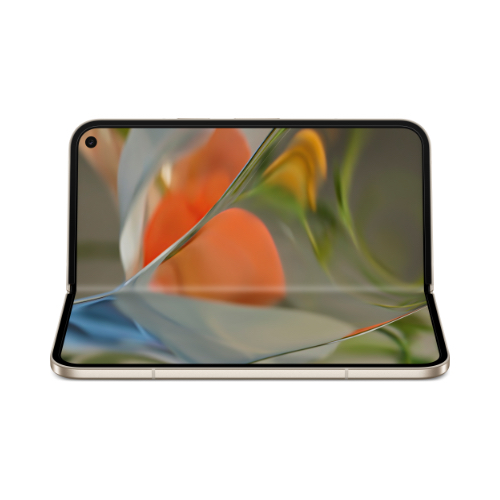
The folding standard
The Pixel 9 Pro Fold features the best of the Pixel series but with a large folding display. It's perfect for multitasking and watching content, and the Tensor chip supports plenty of fun AI features to help take your photos to the next level.

Derrek is the managing editor of Android Central, helping to guide the site's editorial content and direction to reach and resonate with readers, old and new, who are just as passionate about tech as we are. He's been obsessed with mobile technology since he was 12, when he discovered the Nokia N90, and his love of flip phones and new form factors continues to this day. As a fitness enthusiast, he has always been curious about the intersection of tech and fitness. When he's not working, he's probably working out.
You must confirm your public display name before commenting
Please logout and then login again, you will then be prompted to enter your display name.
